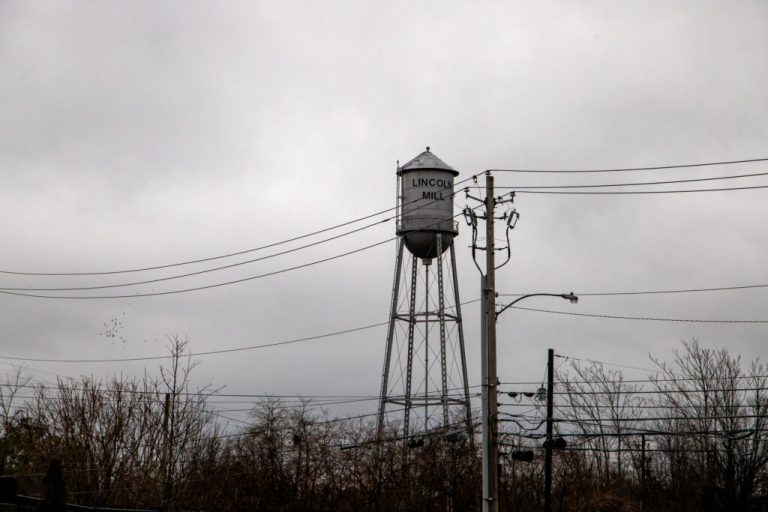George Hardy, one of the original Tuskegee Airmen, dies at 100
Reading time: 3 minutes

Lt. Col. George Hardy, the last surviving Tuskegee Airmen who flew during World War II, died last week, according to the Tuskegee Airmen National Office. He was 100.
Hardy, who was born in Philadelphia, began training in Tuskegee at just 17 years old. He went on to become the youngest Red Tail fighter pilot to fly his first combat sortie over Europe at the age of 19.
According to a report from the Associated Press, Brian Smith, president and CEO of the Tuskegee Airmen National Historical Museum, described Hardy as a “humble man” with a passion for aviation. He was passionate about encouraging young people to become pilots, and up until recent years, he often attended air shows, Smith said.
“His legacy is one of courage, resilience, tremendous skill and dogged perseverance against racism, prejudice and other evils. We are forever grateful for his sacrifice and will hold dear to his memory. Our condolences to his family, friends, the remaining 13 Documented Original Tuskegee Airmen, and all who loved him.”
Tuskegee Airmen Inc. National Office
Tuskegee Airmen

Before World War II, Black Americans were not allowed to serve in the Air Force. But in 1941, the Tuskegee Airmen unit was established by the U.S. Army Air Corps as the 99th Pursuit Squadron based at the Tuskegee Institute in Alabama.
The military pilots served in a segregated World War II unit, and their all-Black 332nd Fighter Group had one of the lowest loss records of all the bomber escorts in the war.
Overall, the 992 Tuskegee-trained pilots and thousands more support personnel logged over 15,000 sorties and nearly 1,600 fighter missions over Nazi-occupied Europe, protecting B-24 bombers from aircraft fire and destroying enemy targets.
Hardy was a part of that first crew, flying 21 total missions over Europe during the war, according to the National WWII Museum of Aviation. Following WWII, Hardy flew 45 combat missions during the Korean War and 70 during the Vietnam War.
During his time in the Air Force, Hardy also earned a bachelor’s degree in electrical engineering and a master’s in systems engineering and worked on the Department of Defense’s first worldwide military telephone system. Hardy retired from the US Air Force in 1971 with the rank of Lieutenant Colonel after nearly 30 years of decorated service.
Hardy later became a champion of the legacy of the Tuskegee Airmen, sharing their story with students across the nation.
Today, the legacy of the Tuskegee Airmen remains in Alabama with a growing dedication to flight training including a new flight school at Tuskegee University + a new LIFT aviation facility.
Want more like this in your inbox? Subscribe to our FREE newsletter today!



![Meet Ozzi: New baby giraffe debuts at Montgomery Zoo [PHOTOS] Meet Ozzi: New baby giraffe debuts at Montgomery Zoo [PHOTOS]](https://wp.fifu.app/thebamabuzz.com/aHR0cHM6Ly90aGViYW1hYnV6ei5jb20vd3AtY29udGVudC91cGxvYWRzLzIwMjUvMTEvb3p6aS10b25ndWUtMS1lMTc2Mjk4NjU2MzIwNC0xMDI0eDUzNy5qcGVn/aa697a598b38/meet-ozzi-new-baby-giraffe-debuts-at-montgomery-zoo-photos.webp?w=768&h=0&c=0&p=1245362)